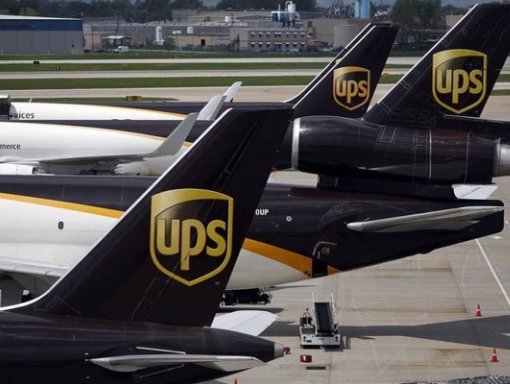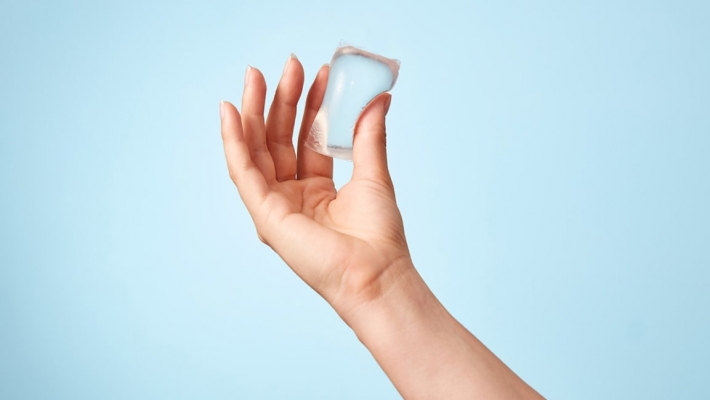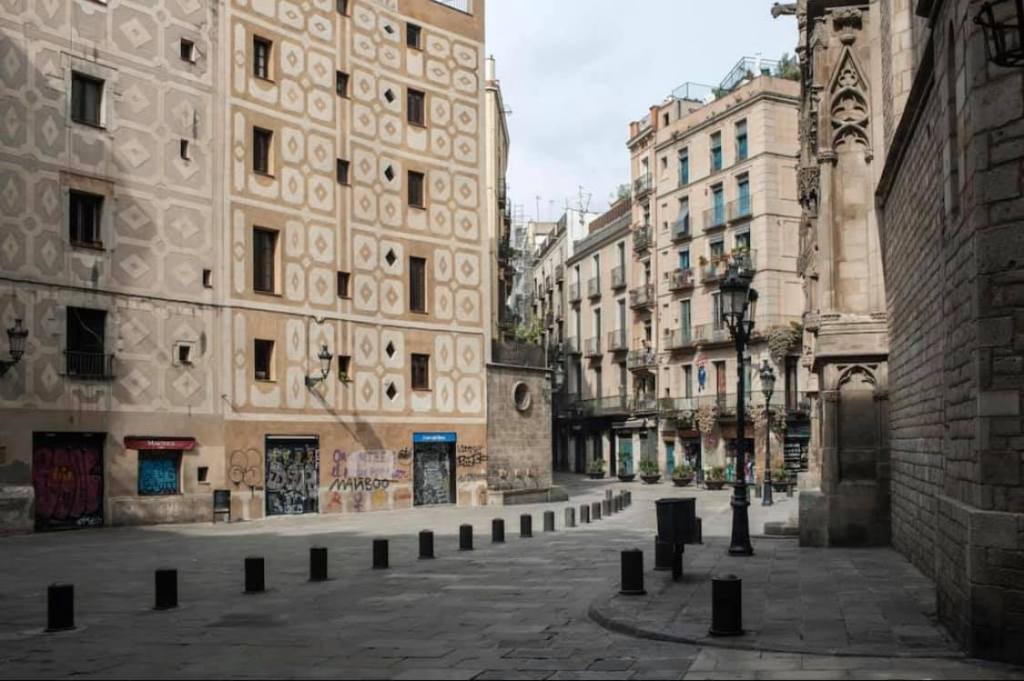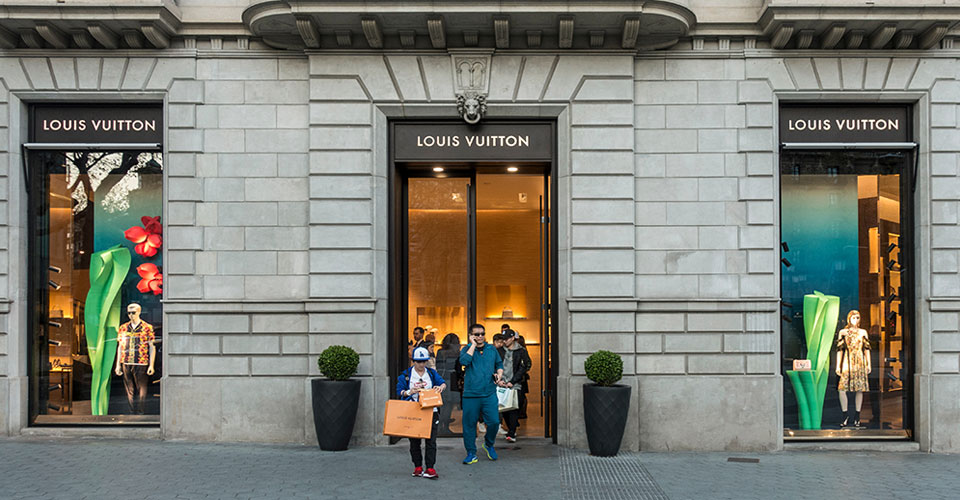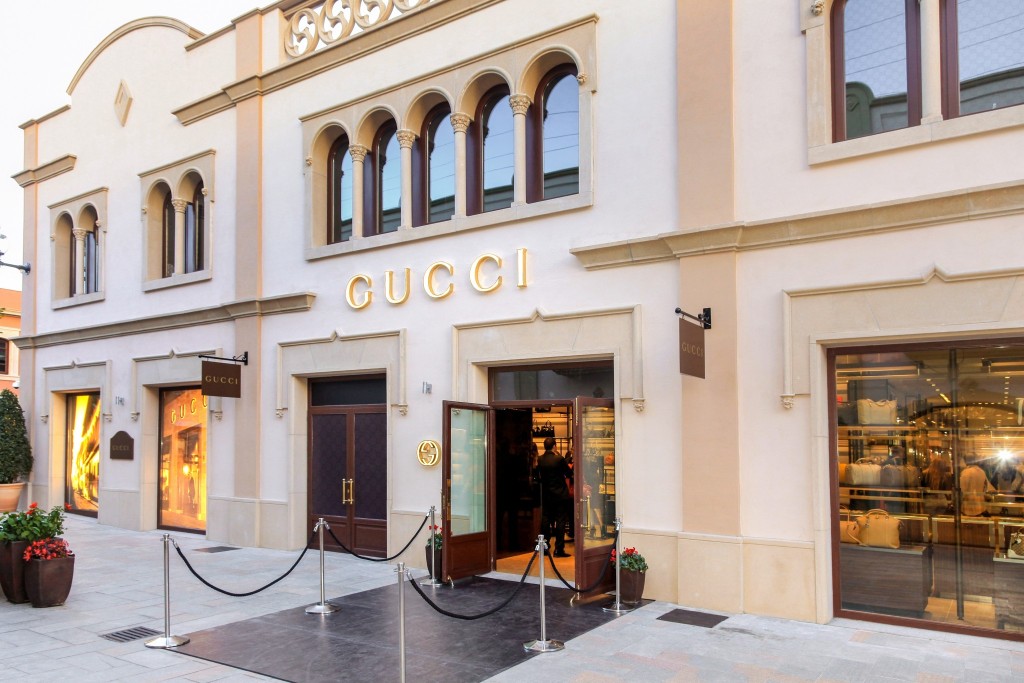Automated Guided Vehicles (AGVs) is a type of wheeled mobile robot, which moves along the wires or markers or magnetic strips on the floor, or through visual navigation or laser navigation. It is mostly applied to industry for transporting in warehouses.
Momo case: How can AGVs help?
Momo, the biggest B2C e-commerce platform in Taiwan, used AGVs instead of manual picking in their warehouses. The automated system schedules AGVs to pull goods at various points. Moreover, they can quickly shuttle back and forth to reduce picking movement, which improves the efficiency by about 4 times compared with the past, and releases about 60% of the labor resources. This can really add value to the work and assists Momo to optimize the picking process of handling, loading and unloading. Create a highly competitive smart warehouse.
Supported by 5G technology
In February of 2020, there was no warning of the pandemic. The demand for toilet paper increased sharply and shelves were empty in various parts of the world. Supported by 5G technology, Momo used AI forecasts to sort the items with the high speed. The combination of 5G technology and the AGVs can increasing machine intelligence and support new coordination mechanisms.
Due to that, the toilet paper that takes a lot of logistics capacity is directly delivered to the sub warehouse, which avoided blocking the storage lines of other epidemic prevention hot-selling products. At the same time, it also saves the transit time between the main warehouse and the sub warehouse. This smart warehousing becomes a winning weapon for logistic company. In face of the pandemic, Momo can respond quickly and grasp the opportunities.
Future: 5G apply to AGVs
In the past, when the data transmissions become limited, accidents might occur with Wi-Fi. Over the years, thanks to advancements in 5G connectivity, AGVs have moved closer to becoming truly autonomous robots, no longer reliant on preconfigured scripts.
With 5G, AGVs can utilize navigation algorithms, LiDAR sensors, vision technology and virtual map sharing to detect objects, think on their own and move autonomously through facilities. Wi-Fi can’t support these advanced machines with the seamless coverage and high data transfers needed to operate in sprawling environments. 5G is the only technology that can provide the reliability, bandwidth, coverage and security required to safely operate AGVs. The objective of it is to promote the realization of the vision of Industry 4.0.

